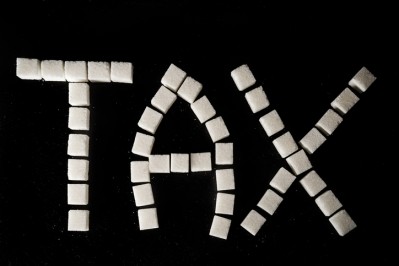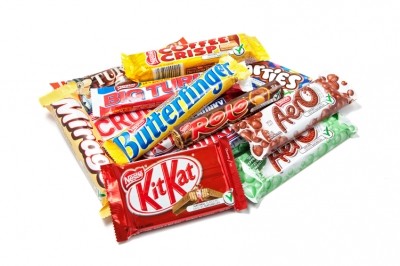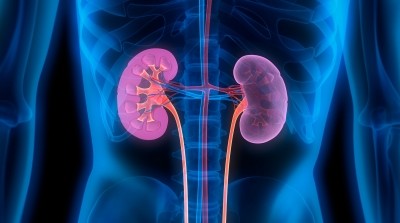Labels showing the exercise needed to burn off the calories can help curb obesity: study
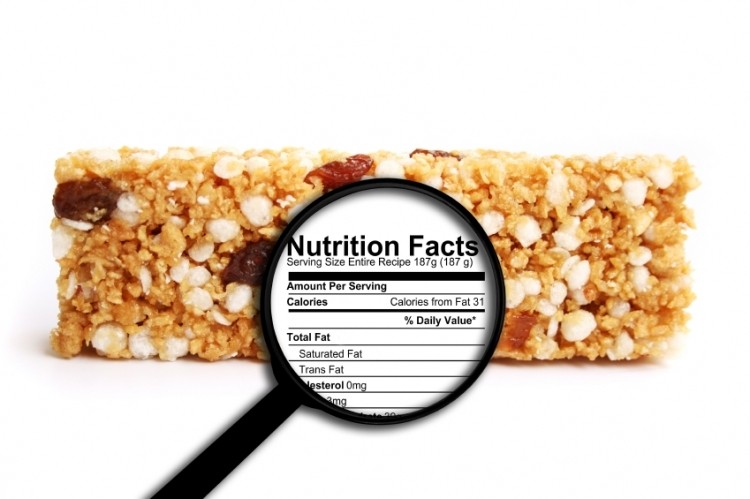
The UK Royal Society for Public Health has previously called for physical activity calorie equivalent (Pace) food labelling, which aims to show how many minutes or miles of physical activity are needed to burn off the calories in a particular food or drink.
For example, eating 230 calories in a small bar of chocolate would require about 46 minutes of walking or 23 minutes of running to burn off these calories. But to date, there’s been little strong evidence to back this stance.
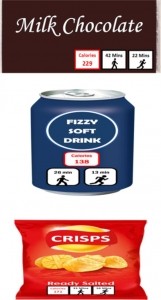
However, new research led by Loughborough University suggests the Pace system could shave off up to around 200 calories per person each day on average if widely applied.
The research team, led by Loughborough’s Professor Amanda Daley with colleagues from the Universities of East Anglia and Birmingham, using data from 14 trials, found that 65 fewer calories per meal were selected when Pace labelling was used, and 80-100 fewer calories consumed, equating to 200 calories per day.
The researchers cautioned that the number of included studies was small, and the design of each varied. Most weren’t carried out in real life settings, such as restaurants and supermarkets. Nevertheless, they suggest that Pace labelling shows some promise in reducing the number of calories selected from menus, as well as the number of calories consumed.
Professor Daley said: “The evidence shows that even a relatively small reduction in daily calorie intake (100 calories) combined with a sustained increase in physical activity is likely to be good for health and could help curb obesity at the population level. Pace labelling may help people achieve this.”
Current nutritional labelling has ‘little impact’
There is little evidence, the study added, that current nutritional labelling on food and drinks is having any impact on changing the eating behaviours of the public. Many people do not understand the meaning of kilocalories (calories) or grams of fat in terms of energy balance leading to a substantial underestimation of the energy content of food and drinks by the public.
Meanwhile, there has been no long-term success in reducing obesity rates and changing behaviour to halt and reverse rises to prevent disease is difficult. There is growing recognition that this is in part due to the physical environments that surround the public, which can exert considerable influences on health behaviours, according to the research.
Pace “is a simple strategy that could be easily included on food/drinks packaging by manufacturers, on shelving price labels in supermarkets, and/or in menus in restaurants/fast-food outlets”, added Professor Daley.
“Public health agencies may want to consider the possibility of including policies to promote it as a strategy that contributes to the prevention and treatment of obesity and related diseases.”
The research added that the Pace labelling is an example of an environmental intervention that seeks to nudge the public towards making healthy food choice and to demonstrate restraint in their eating.
“Unlike other types of food labelling, Pace labelling has the potential to serve as a continual reminder to the public about the importance of participating in regular physical activity to ensure good energy balance,” it noted. “There is also observational evidence that the public prefer Pace food labelling over other types of food labelling.”
Seeing images of vegetables can boost children’s intake
Meanwhile, based on the evidence that children who are exposed to pictures of vegetables are more likely to eat them, the See & Eat project, an initiative funded by European Institute of Innovation and Technology (EIT) Food, has published 24 ebooks designed to encourage children to eat a wider variety of vegetables.
Source
Effects of physical activity calorie equivalent food labelling to reduce food selection and consumption: systematic review and meta-analysis of randomised controlled studies
Journal of Epidemiology & Community Health
Authors: Amanda J Daley, Eleanor McGee, Sue Bayliss, April Coombe, Helen M Parretti
